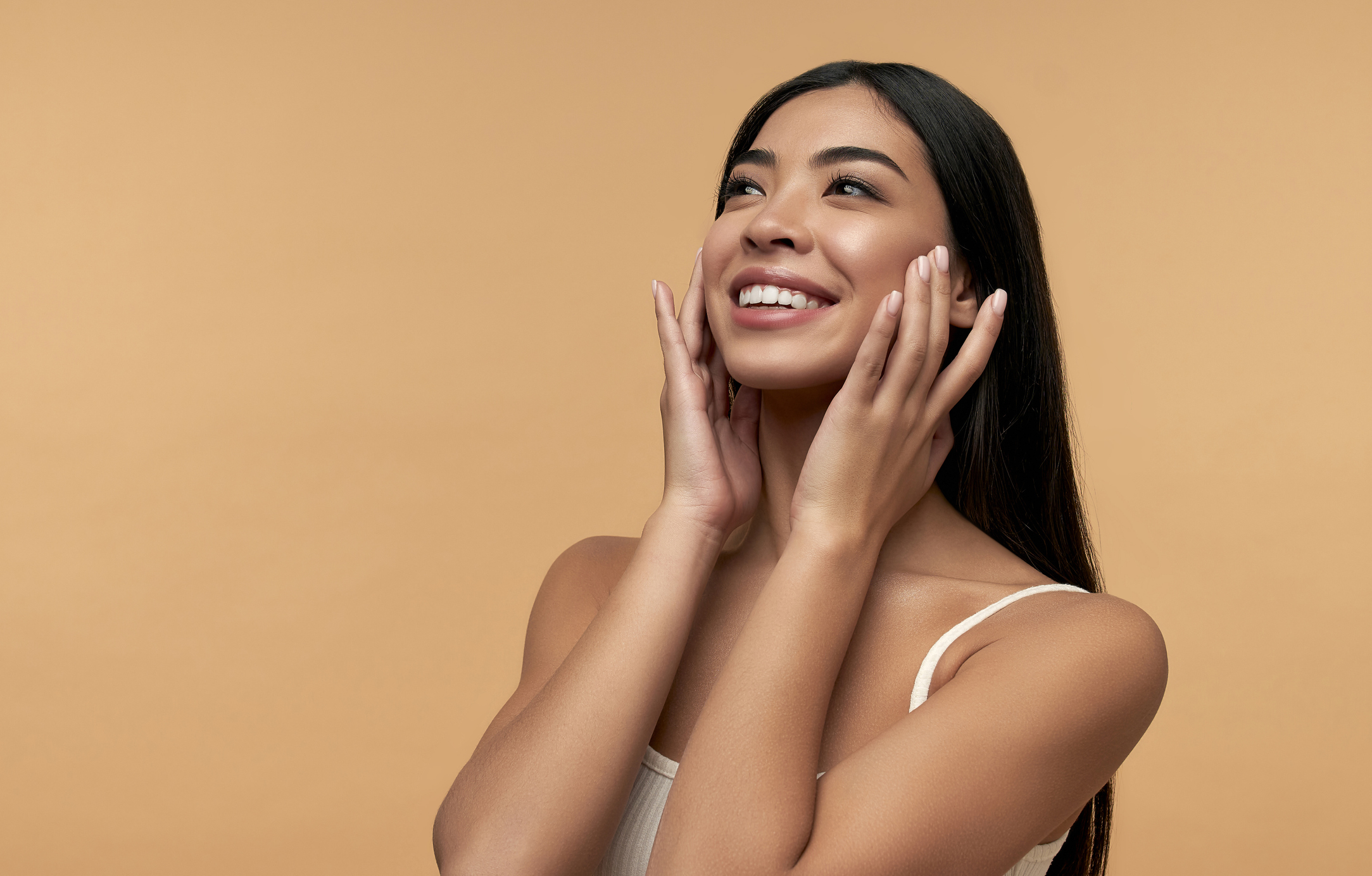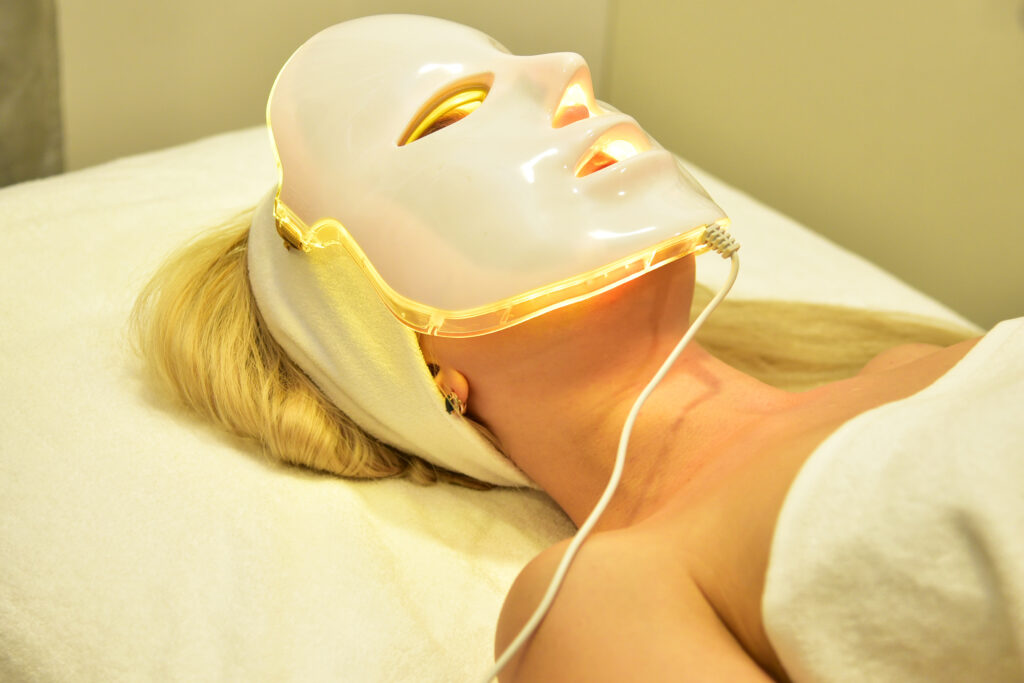
LED (light-emitting diode) light therapy may be done to address various skin conditions and concerns, such as fine lines, acne, and psoriasis. Patients may undergo multiple types of LED light therapy, including red light LED therapy and blue light LED therapy, depending on their treatment goals. LED light therapy may help treat the following skin concerns and conditions
- Hair loss
- Mild to moderate acne
- Wrinkles
- Rough, scaly, and precancerous spots on the skin (actinic keratosis)
- Rosacea
- Sun damage
- Psoriasis
- Eczema
- Wounds
Form MD Aesthetics offers LED light therapy in conjunction with other treatments, such as creams, ointments, and facials, to give clients the best possible results.
LED light therapy may help treat acne, reduce the appearance of fine lines, and support wound healing. Every skin type and color can benefit from LED light therapy. Because it doesn’t use UV light, LED light therapy doesn’t cause any damage or burns.
The different types of LED light therapy are distinguished by various wavelengths that correspond to a particular visible color. Each color penetrates the skin at a particular depth.
What To Expect
Types of LED Light Therapy
Blue light targets the uppermost layer of skin and may be used to destroy acne-causing bacteria.
Red light travels further into the skin. It may reduce inflammation and stimulate collagen production, a protein that supports skin structure.
Near-infrared light penetrates the deepest layer of skin.
Clients may be treated with a combination of lights to address skin concerns.
Your Results

To see significant results, clients will typically need to undergo a series of in-office treatments. Depending on treatment goals, a client may need to undergo LED light therapy once each week for about a month. After that, they might need maintenance treatments once every month or every few months.
LED light therapy isn’t recommended for individuals who take medications that increase their sensitivity to sunlight, such as lithium and isotretinoin, or who have a history of certain conditions, including skin cancer and inherited eye diseases.
Side effects from LED light therapy are rare. If they do occur, clients may experience increased inflammation, redness, rash, and pain.
